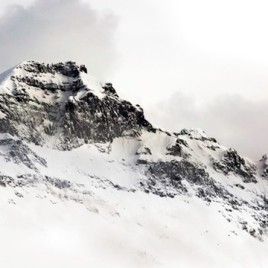Analysis of ancient bones holds the key to the cause of extinction of many megafaunal animals—such as giant sloths and saber-toothed cats—over 11,000 years ago. A new study suggests that a sudden rapid increase in moisture, possibly resulting from melting permafrost and glaciers, occurred right before these large animals became extinct. An international team of researchers measured nitrogen isotopes preserved in animal bones and teeth recovered from permafrost areas and caves across Europe, Siberia, North and South America. Their analysis revealed distinctive biochemical signals indicating massive increases of moisture on the landscape.
Authors:
M. Timothy Rabanus-Wallace, Matthew J. Wooller, Grant D. Zazula, Elen Shute, A. Hope Jahren, Pavel Kosintsev, James A. Burns, James Breen, Bastien Llamas & Alan Cooper
Canadian author:
Grant Zazula, Yukon Palaeontology Program, Department of Tourism and Culture, Government of Yukon, Whitehorse, YK, Phone: 1-867-667-8089
Original paper published in Nature Ecology and Evolution on April 18, 2017.

